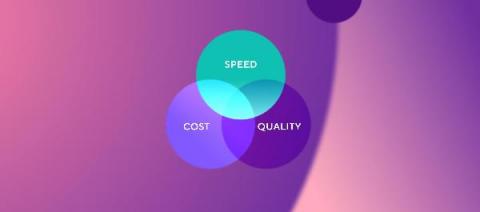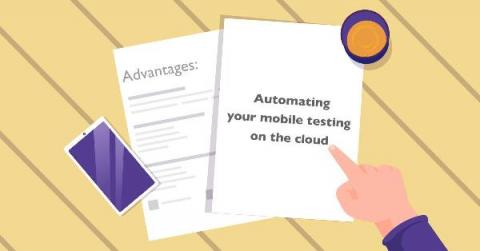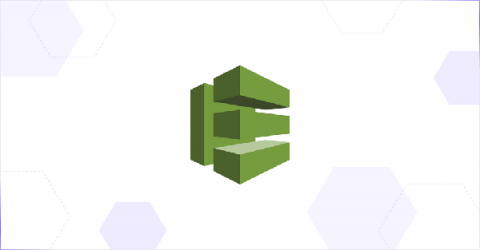Interview with AI Specialist Dhonam Pemba
For our latest expert interview on our blog, we’ve welcomed Dhonam Pemba to share his thoughts on the topic of artificial intelligence (AI) and his journey behind founding KidX AI. Dhonam is a neural engineer by PhD, a former rocket scientist and a serial AI entrepreneur with one exit. He was CTO of the exited company, Kadho which was acquired by Roybi for its Voice AI technology. At Kadho Sports he was their Chief Scientist which had clients in MLB, USA Volleyball, NFL, NHL, NBA, and NCAA.











